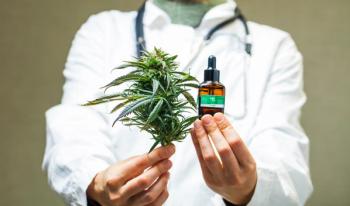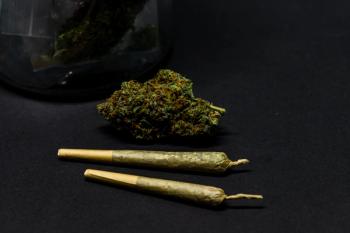
Research Aims to Improve Hemp Yields in Various US Growing Regions
A new research project seeks to develop hemp varieties tailored to different latitudes.
In an effort to support long-term hemp breeding programs in the US, the Foundation for Food and Agriculture Research’s (FFAR) Hemp Research Consortium and its partners have provided researchers at Cornell University over $2 million in funding for research into hemp genetics (1). FFAR was established by Congress in the Agricultural Act in 2014 (2). One of the main focuses of this new research will be examining the amount of light different varieties of hemp need in order to flower, the photoperiod threshold (1).
Aiming to cultivate hemp that will produce well in lower latitudes of the country, the research team will be led by Larry Smart, PhD, professor at Cornell’s School of Integrative Plant Science (3). “Matching flowering time with latitude is the key barrier to improving hemp yields across all market classes—grain, fiber and cannabinoids,” said Dr. Smart (3). “While this project will lead to the development of new cultivars that can produce high yields of CBD in Florida, the tools we will develop can be applied broadly in hemp breeding programs.”
Dr. Smith was part of a research team that also recently published an article, “Genetic mapping, identification, and characterization of a candidate susceptibility gene for powdery mildew in Cannabis sativa L.,” explaining how they identified a gene that provided resistance to the disease affecting cannabis (4).
“With its potential for hundreds of food and industrial applications, hemp can be a major cash crop in the U.S.,” stated Dr. Angela Records, chief scientific officer at FFAR (1). “This research will contribute to a burgeoning hemp industry by acclimating the crop to a variety of growing regions across the country.”
Hemp could also be an alternative crop for tobacco farmers, as well as a source of plant protein, health products and textiles, the School of Integrative Plant Science suggested (3).
References
- Price, S. Cornell University receives $2.3 million for Hemp research
https://businessofcannabis.com/cornell-university-receives-2-3-million-for-hemp-research/ (accessed Oct 31, 2023). - Our history
https://foundationfar.org/about/our-history/ (accessed Oct 31, 2023). - $2 million research project hopes to develop hemp varieties for U.S. latitudes
https://hemptoday.net/2-million-research-project-hopes-to-develop-hemp-varieties-for-u-s-latitudes/ (accessed Oct 31, 2023). - Kelly, S. Gene discovery takes aim at hemp nemesis: Powdery mildew
https://news.cornell.edu/stories/2023/09/gene-discovery-takes-aim-hemp-nemesis-powdery-mildew (accessed Oct 31, 2023).
Newsletter
Unlock the latest breakthroughs in cannabis science—subscribe now to get expert insights, research, and industry updates delivered to your inbox.





